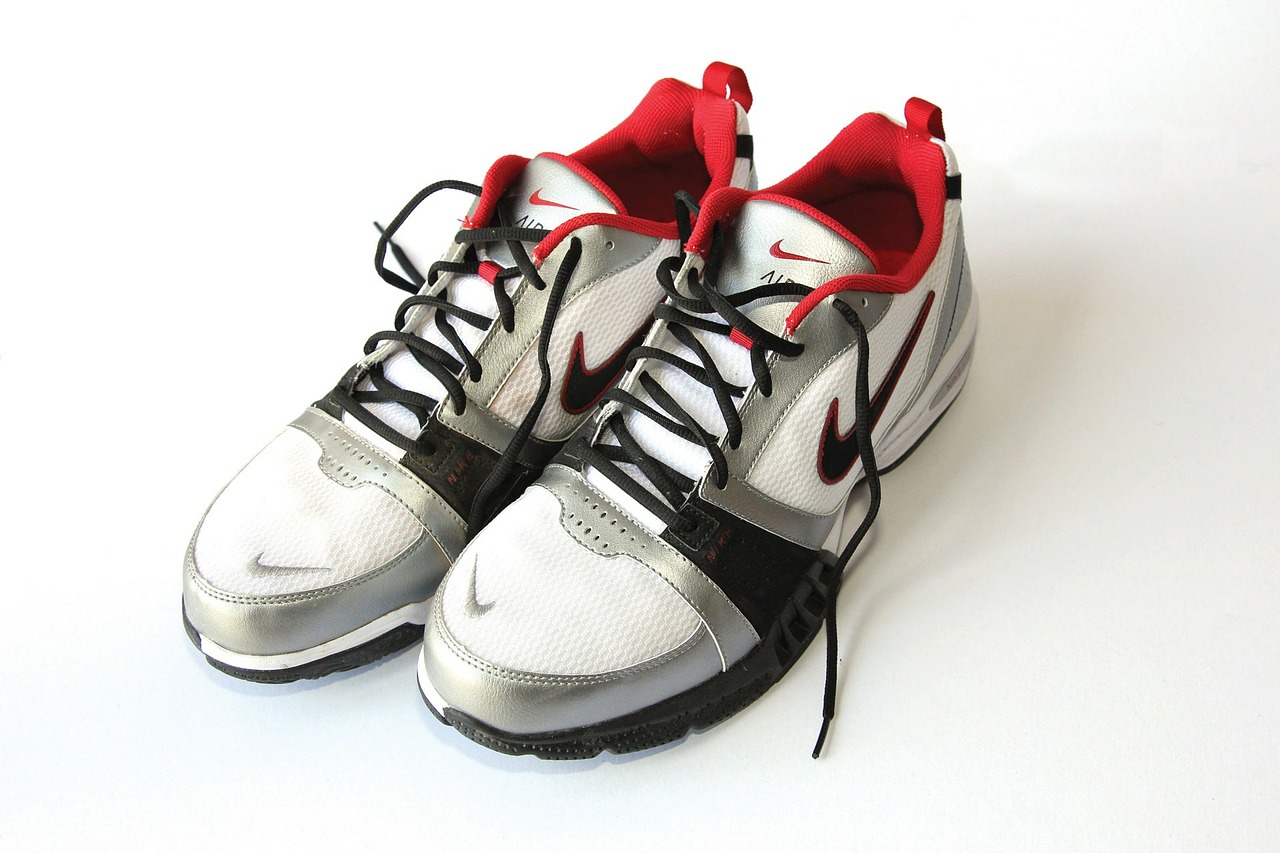The days are getting longer and it’s basically impossible for any more snow to fall which means race season is approaching. One of the first races on the area calendar is the 35th Annual Blue Cross Broad Street Run, which is less than three months away. It’s the largest 10 miler in the country with 38,000 finishers last year and a wide variety of participants from international pros to average Joe’s to wheelchair racers.
This race and many others around the world offer great opportunities for individuals with disabilities to push their limits and get involved. Signing up for and competing in a race should not be an obstacle, regardless of disability. Whether it’s an amputation, paralysis, vision or hearing impairments, brain injury, or other disability that might be holding you back, get motivated and start training with the tips below.
Where to start:
- Get involved: Contact local running groups or shoe stores to be a part of scheduled group runs. Let them know your needs whether it is someone to guide you visually or picking a route with minimal traffic.
- Pick a chair: You don’t need to do your first race with a racing chair. For shorter distances you can use a sports chair (basketball, rugby, tennis, etc.) or even a standard chair. If you’re committed but don’t want to spend too much money early on then go with a used chair. You can also reach out to organizations such as the DSUSA or other adaptive sports programs for loaner chairs.
- Sign up: Look for a shorter race such as a 1 miler or 5k to get your feet wet. If you’re using a wheelchair, make sure they have a wheelchair division. If they don’t have one, then talk to the race director and ask to include one and to start a few minutes ahead of the crowd.
Training:
- Set microgoals: Have your race distance in mind and marked on the calendar but set weekly goals to build up your technique and endurance.
- Avoid injury: Speak to a therapist, personal trainer or physician who is familiar with your disability during your training. Overuse injuries are one of the most common reasons for training interruptions and race drop outs. Make sure you are using proper body mechanics (including push stroke), you’re gradually ramping up your training, you are incorporating cross training, and rest days are mixed into your training plan.
- Stay safe: Train with a medical alert identification on your body. Use a customized necklace, bracelet, or other indicator that can notify a bystander or medical team about your medical condition. Sites such as Lauren’s Hope and N-Style ID offer stylish options while most neighborhood pharmacies can customize them as well. Also, let a point person know where you’re going and your estimated training time in case of an emergency.
- Get a training partner: Pick a friend or family member who is motivated and accountable. Set weekly or daily training routines and push each other. It will be as rewarding for you as it is for them.
- Do a trial run: Get mentally prepared with a dress rehearsal at least a week before your race. Wear what you think you’ll wear on race day, find a similar (or the same) course, begin at the designated starting time, use the same equipment, and eat the same pre-race meal you would on race day.
Race Day Ready:
- Race prep: Lay out your race gear the night before. Get to the start early. Stay hydrated. And do a quick warm up before the race.
- Stay routine: Don’t do anything new on race day to avoid last minute glitches. Stick to your routine and don’t wear new clothing, use gels (or new gels) if you haven’t used them before, make changes to equipment, or exceed your pre-determined race pace.
- Have fun: Race day is the day to appreciate all of the hard training and sacrifices. Make sure to take in the environment and have fun!









